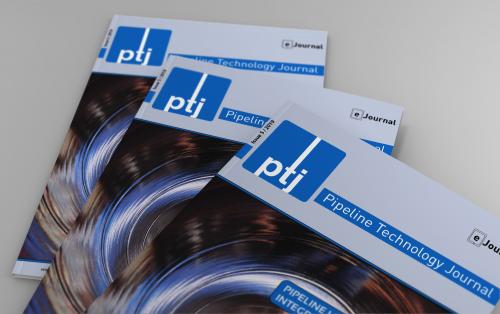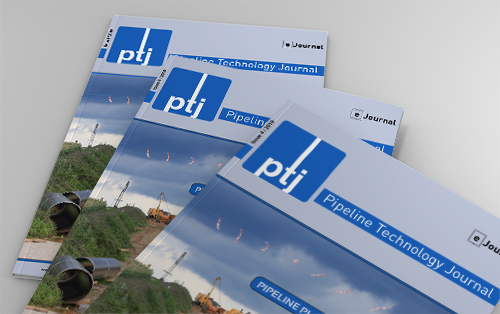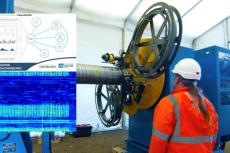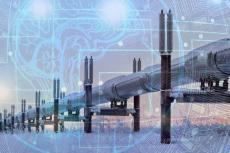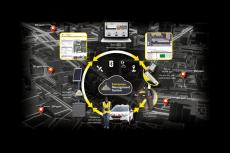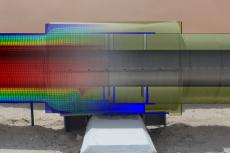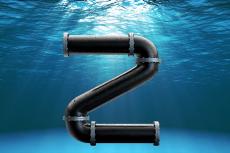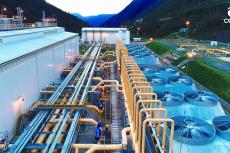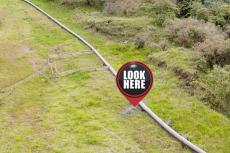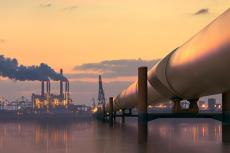Pipeline Technology Journal 5/2019
Issue 05/2019 of ptj is about Pipeline Leak Detection & Integrity Management
New technologies and approches are constantly producing innovations in the sector of Leak Detection and Integrity Management. Some of them are focus of this issue of ptj.
On ist 40 pages, the issue is discussing quality process innovations due to Advanced Detection Technologies and Collaborative Informations Systems, the influence of Machine Learning and the new Mobile Automated Spiral Interlocking Pipe.


